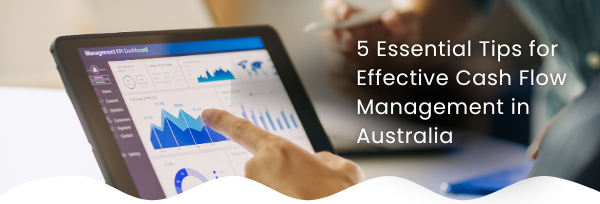
When it comes to managing payments, the right gateway can significantly impact your business’s efficiency, customer experience, and bottom line. PayPal and Stripe are two of the most widely recognized payment gateways, each offering unique features and benefits. In this article, we’ll review these options—and a few alternatives—to help you select the best payment solution for your business.
PayPal: A Trusted and Accessible Choice
PayPal is a household name, known for its user-friendly setup and extensive global reach. Available in over 200 countries and supporting multiple currencies, PayPal allows businesses to accept credit cards, debit cards, and direct PayPal payments, which can enhance customer trust and boost conversion rates.
Key Features of PayPal
Easy Setup and Integration: Quick to set up and compatible with major e-commerce platforms, PayPal is accessible to businesses of all sizes.
Buyer Protection: Offers robust buyer protection, which reassures customers and can drive sales.
Flexible Payment Options: Includes “Pay in 4” installment payments, which can attract budget-conscious customers.
Pricing
PayPal’s basic transaction fee is 2.9% + $0.30 per transaction within the U.S., with additional fees for international payments. While there are no monthly fees for standard use, premium services such as PayPal Pro come with a monthly charge.
Pros:
Well-known and trusted brand, which increases customer confidence.
Quick access to funds, with options for instant transfer. Read on

Cash flow is crucial to the health of any small business, and effective management can set the stage for sustainable growth.
Data from Xero’s Small Business Insights report indicates that only about half of Australian small businesses are cash flow positive at any given time. This aligns with global studies that show up to 82% of small business failures are due to poor cash flow management, reflecting the widespread nature of the issue.
Here’s a guide on managing cash flow effectively, complete with resources for tax deadlines and legal guidelines.
- Create a Cash Flow Forecast
A strong cash flow forecast maps out expected inflows and outflows, allowing you to anticipate periods of low cash flow and prepare accordingly. By keeping an eye on seasonal trends, tax obligations, and potential cash dips, you can plan ahead and avoid financial strain. Update your forecast monthly for better accuracy and responsiveness to business changes.
Resource: Stay informed about key tax deadlines through the Australian Tax Office (ATO) Tax Calendar.
- Speed Up Receivables
Timely payment collection is essential for healthy cash flow. In Australia, small businesses are entitled to be paid within 30 days, as stipulated in the Payment Times Reporting Act 2020. Shorten payment terms, send invoices promptly, and consider offering early payment discounts to encourage quicker payments. Implementing payment plans, such as Afterpay or ZipPay, can help convert additional sales by offering clients more flexibility, but it’s best practice to request full or partial payment upfront whenever possible.
Best Practice Tips:
Request payment before delivering services or products to reduce risk.
Be cautious when working with larger clients. Maintain clear agreements on payment processes, as power imbalances can sometimes lead to delayed payments. Read on

